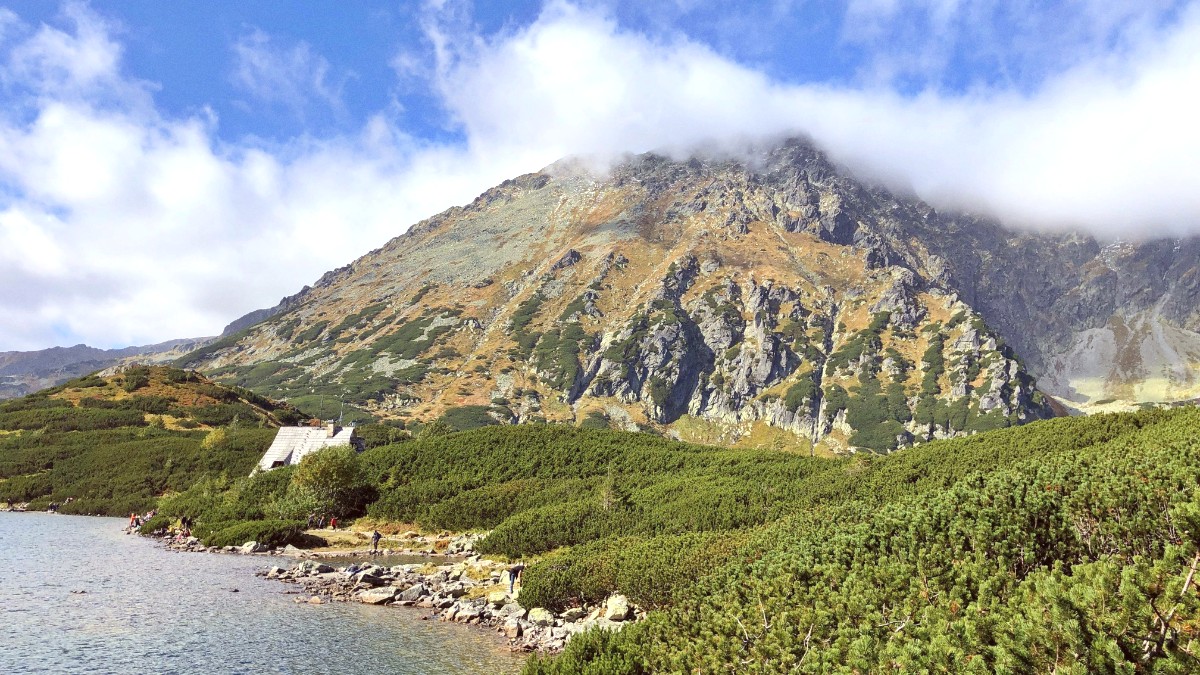
Malopolska, Poland
Zakopane experiences distinct seasons, each presenting a different appeal. Climate patterns vary considerably throughout the year, influencing activities and crowd levels.
Summer brings warmth and afternoon storms. Autumn offers mild, crisp days. Winter is cold and snowy. Spring brings a transition with snowmelt at lower elevations.
Hiking and Mountaineering: July to mid-September presents the best conditions for high-altitude trails. Christmas Markets: December brings a magical atmosphere. Crocus Blooms: Late April to early May for spectacular purple fields in Chochołowska Valley.
Mid-December to March
Optimal for skiing, snowboarding, all winter sports; festive atmosphere around holidays.
High crowd levels, increased prices, limited accessibility to higher hiking trails.
July-August
Excellent for hiking and mountaineering; pleasant temperatures for outdoor activities; all attractions operate.
Very crowded, peak prices for everything, frequent afternoon thunderstorms.
May-June
Fewer crowds, blooming nature, lower prices than peak season, suitable for lower-elevation hikes.
Variable weather, persistent snow in higher elevations restricts some trails, some facilities might have reduced operating hours.
Weather in the Tatra Mountains changes rapidly and unpredictably, even within a single day. A sunny morning might turn into a rainy or snowy afternoon at higher elevations.
Summer afternoons frequently bring thunderstorms, especially in the mountains. These storms often include lightning, which makes exposed ridges and peaks hazardous. Check forecasts and plan hikes to finish before the typical afternoon storm window.
October sees temperatures of 5-10°C (41-50°F), with colder nights.
Autumn typically has less rain than summer, with many clear, crisp days.
Shorter daylight hours occur as autumn progresses.
Possibility of early snow closing higher trails in late October.
Hikers, photographers, those seeking scenic beauty and quieter trails.
Poland is a member of the Schengen Area, which simplifies travel for many nationalities.
Non-EU/EEA/Swiss citizens whose nationality lacks a visa-waiver agreement with the Schengen Area need this visa. It permits stays of up to 90 days within any 180-day period for tourism, business, or transit.
For stays exceeding 90 days, a national visa is fundamental. This applies to purposes like work, study, or extended family visits.
Upon arrival at your first entry point into the Schengen Area, you will undergo standard passport control and immigration checks. Be ready to present your passport and potentially other supporting documents if requested. The process is typically efficient.
Your well-being remains important throughout your travels. A good policy covers medical emergencies and trip disruptions.
Ensure MMR, Diphtheria-Tetanus-Pertussis, Varicella, Polio, and Influenza are up-to-date.
Hepatitis A and B. Consider Rabies if contact with animals is likely, and Tick-borne Encephalitis for wooded areas.
Mild symptoms possible with rapid ascents to higher peaks; acclimatize gradually.
Lyme disease and Tick-borne Encephalitis (TBE) pose risks in wooded areas, including Tatra National Park.
Use Insect repellent containing DEET or picaridin. Wear long sleeves and pants when hiking. Perform thorough tick checks after outdoor activities.
Remove ticks promptly and correctly using a Tick removal tool. Consult a travel health clinic or your doctor for personalized vaccination advice before your trip.
Always consult a healthcare professional for personalized advice.
Poland operates a public healthcare system. EU citizens with an EHIC access state healthcare at reduced cost. Non-EU citizens use travel insurance.
General Emergency: 112. Police: 997. Fire: 998. Ambulance: 999. Mountain Rescue (TOPR): +48 601 100 300.
Szpital Powiatowy im. Dr Tytusa Chałubińskiego is the main facility in Zakopane.
Zakopane is generally a safe place for tourists.
Food hygiene standards in Polish restaurants and shops are generally good. Tap water in Zakopane is typically safe to drink.
Generally safe to drink. Bottled water is widely available for sensitive stomachs.
Exercise caution; confirm it's freshly prepared and served hot.
Hygiene is generally good. Choose vendors with steady customer flow for freshness.